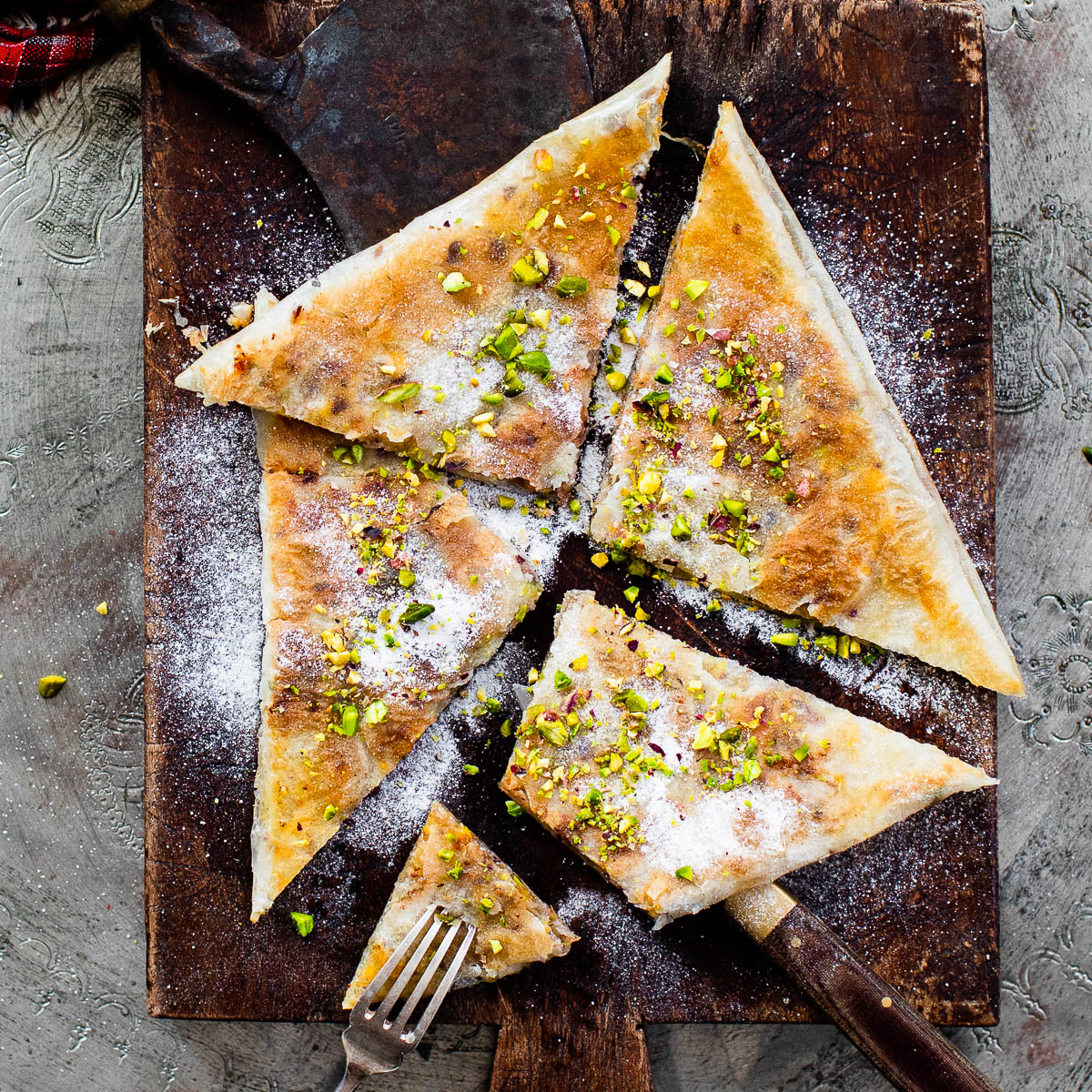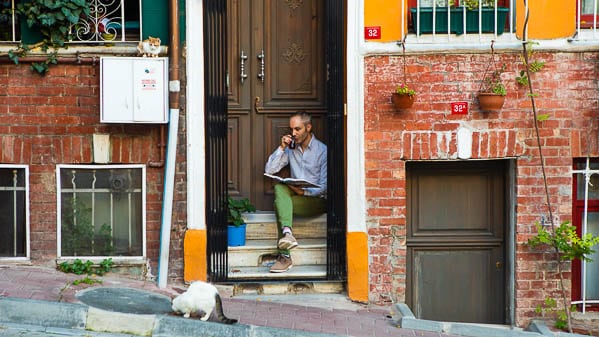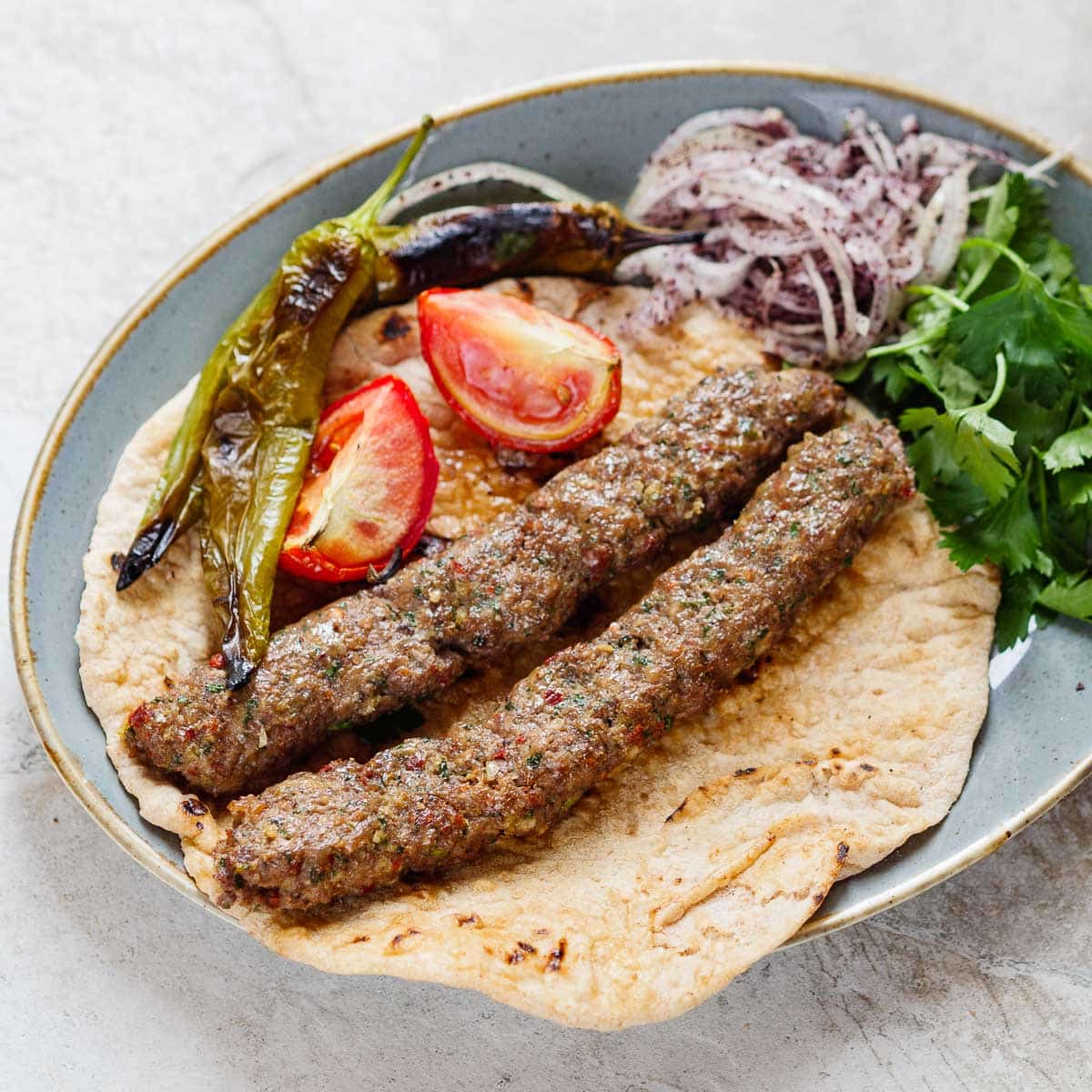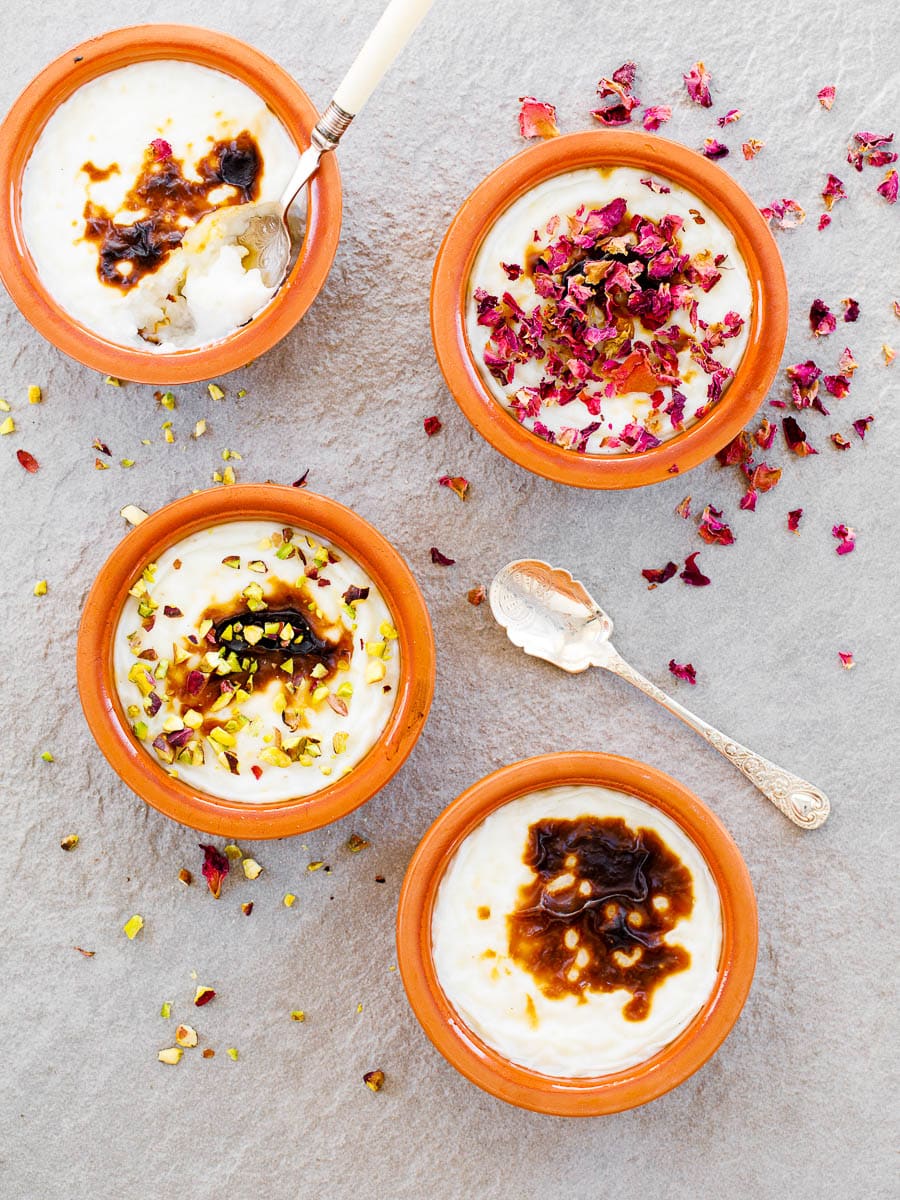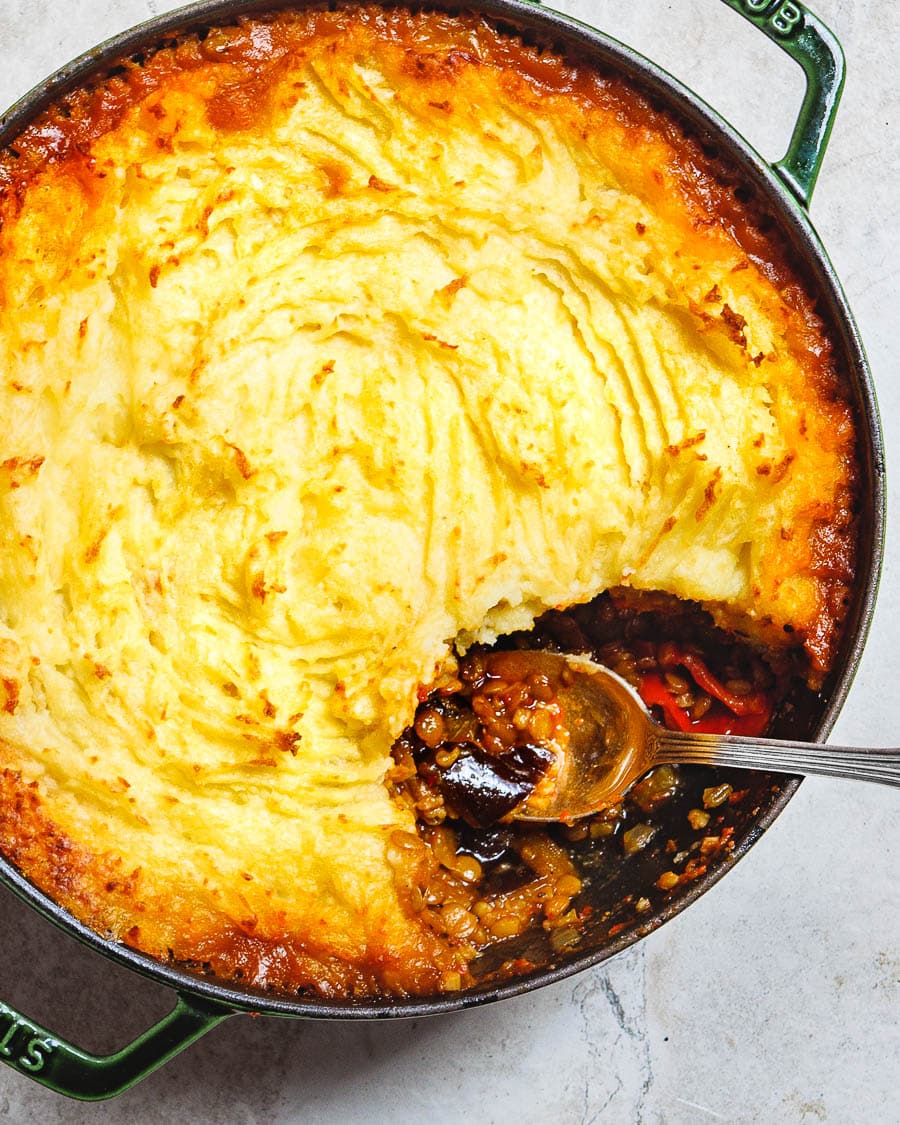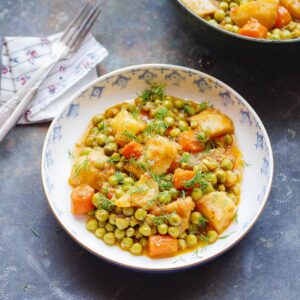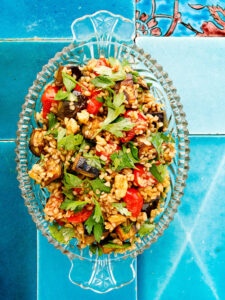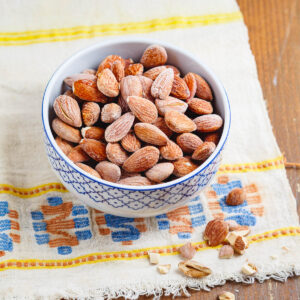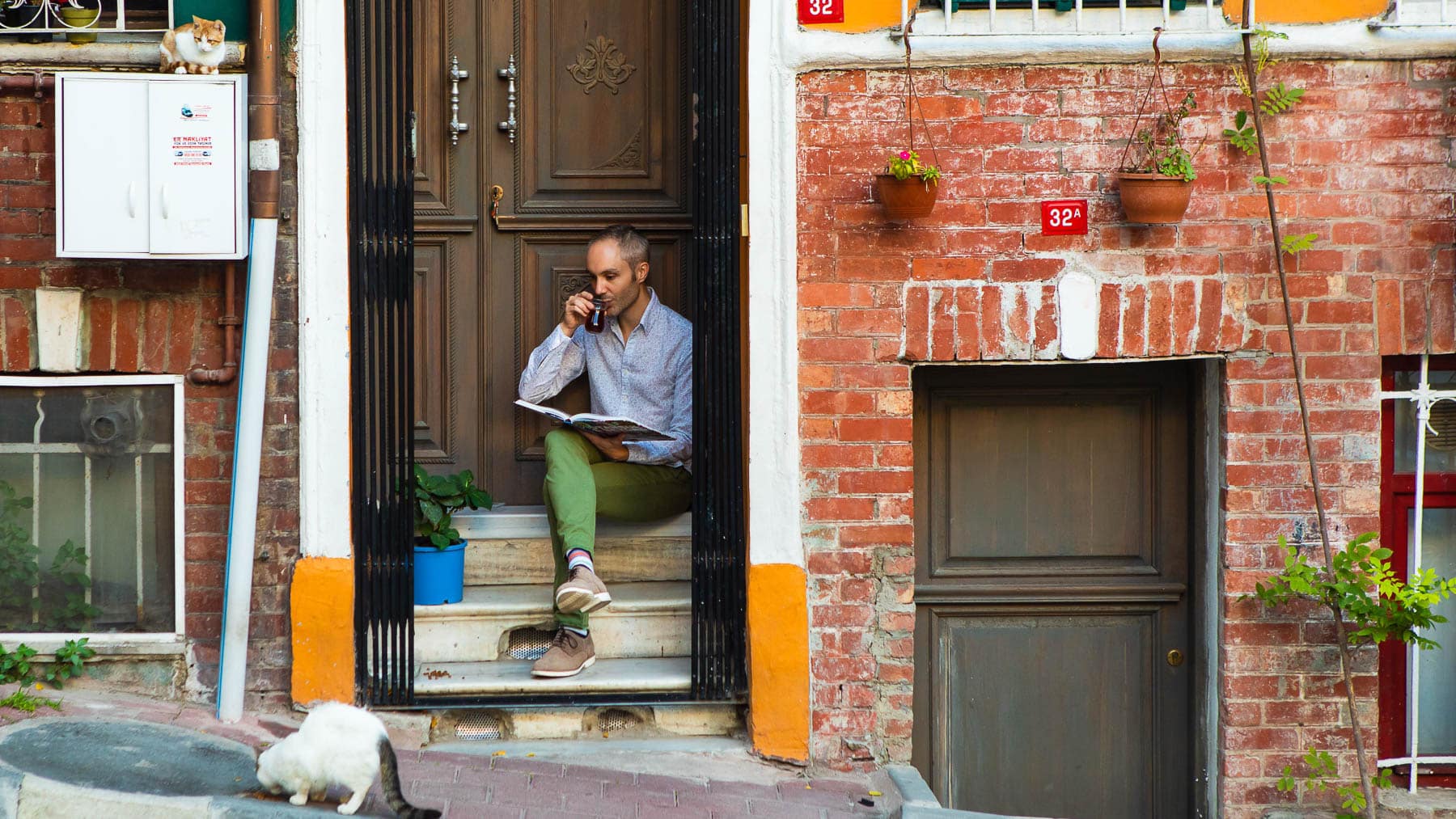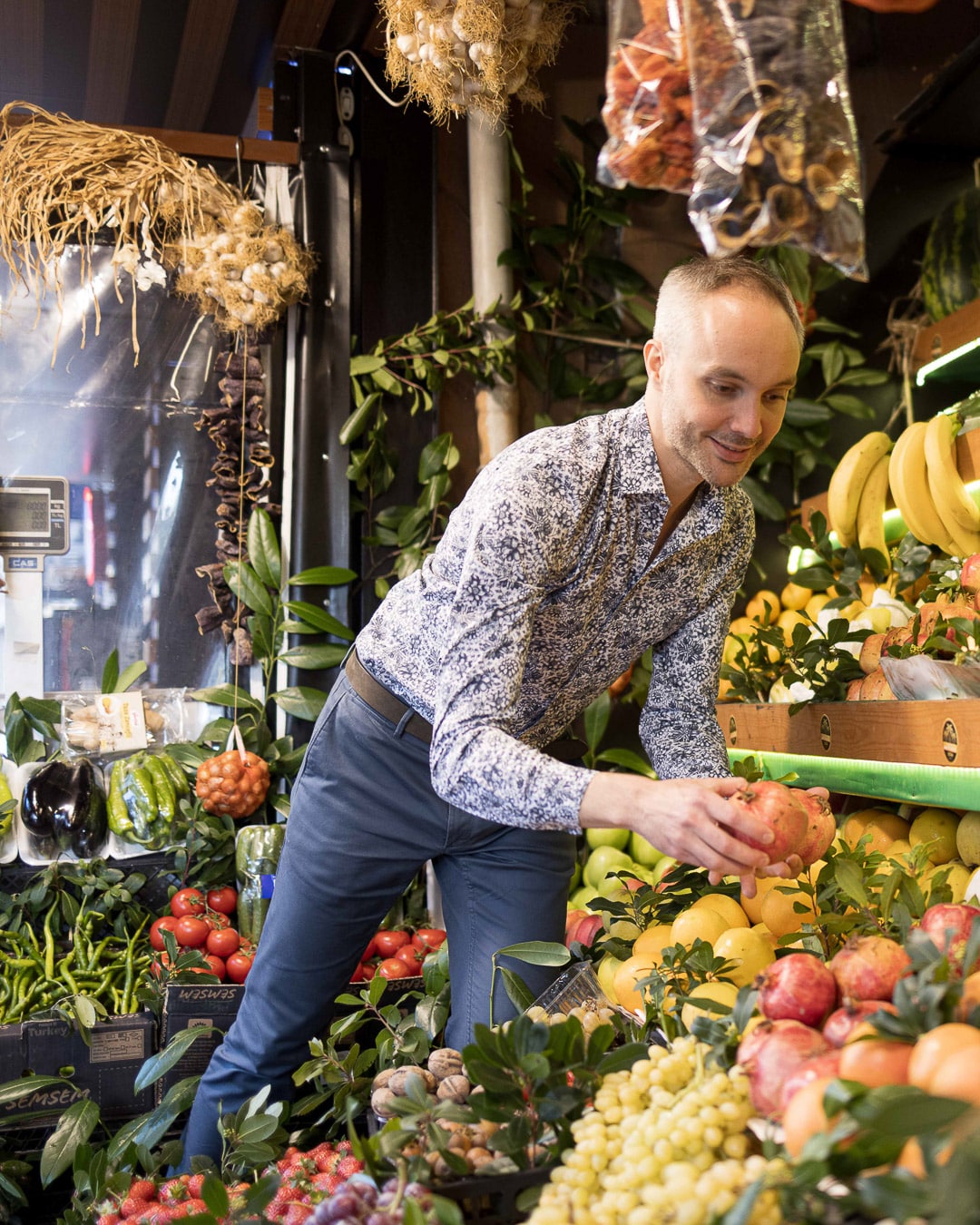Ever since my first bite many years ago, katmer has been one of my favourite desserts. Here’s how you make this incredibly tasty Turkish pistachio pastry in a simplified home version.
A little background
You’ll find different versions of katmer across Eastern Anatolia, but it’s most strongly associated with Gaziantep.
The dish itself comes from a longer tradition of Central Asian layered breads or pastries.
As for the name, it likely stems from the Turkish verb katlamak, meaning “to fold”. An essential technique for making katmer!
In addition to being a baker’s treat, katmer also plays a role in Eastern Anatolian wedding traditions, Musa Dağdeviren explains in his seminal book on Turkish cuisine:
After the wedding, the groom’s family sends a tray of sweet layered katmer pastry to the bride’s parents to express their happiness with the new addition in their family.
—Musa Dağdeviren in The Turkish Cookbook p. 439 (purchase the book here)
Whatever the occasion, it’s perhaps my favourite Turkish dessert. Only künefe can compete (please don’t make me choose).
How to make Turkish katmer
True katmer is made with fresh filo pastry which is stretched until it’s so thin it’s basically transparent. This video does a great job of showcasing how it’s made.
I don’t know about you, but that’s more dough skill than I’ve got (and I consider myself a pretty decent bread baker). Luckily, for the rest of us, there’s ready-made filo pastry.
Here, you want the kind made for baklava. If you’re somewhere in the Western world, this should be easy enough. It’s the type that’s usually most easily available. In addition to being thin to the point of being transparent, it’s usually rectangular or square in shape.
The rest is quite simple. Spread the topping as per the video, then tuck in the sides to create a parcel. Brush well with butter and fry until crispy and irresistible.
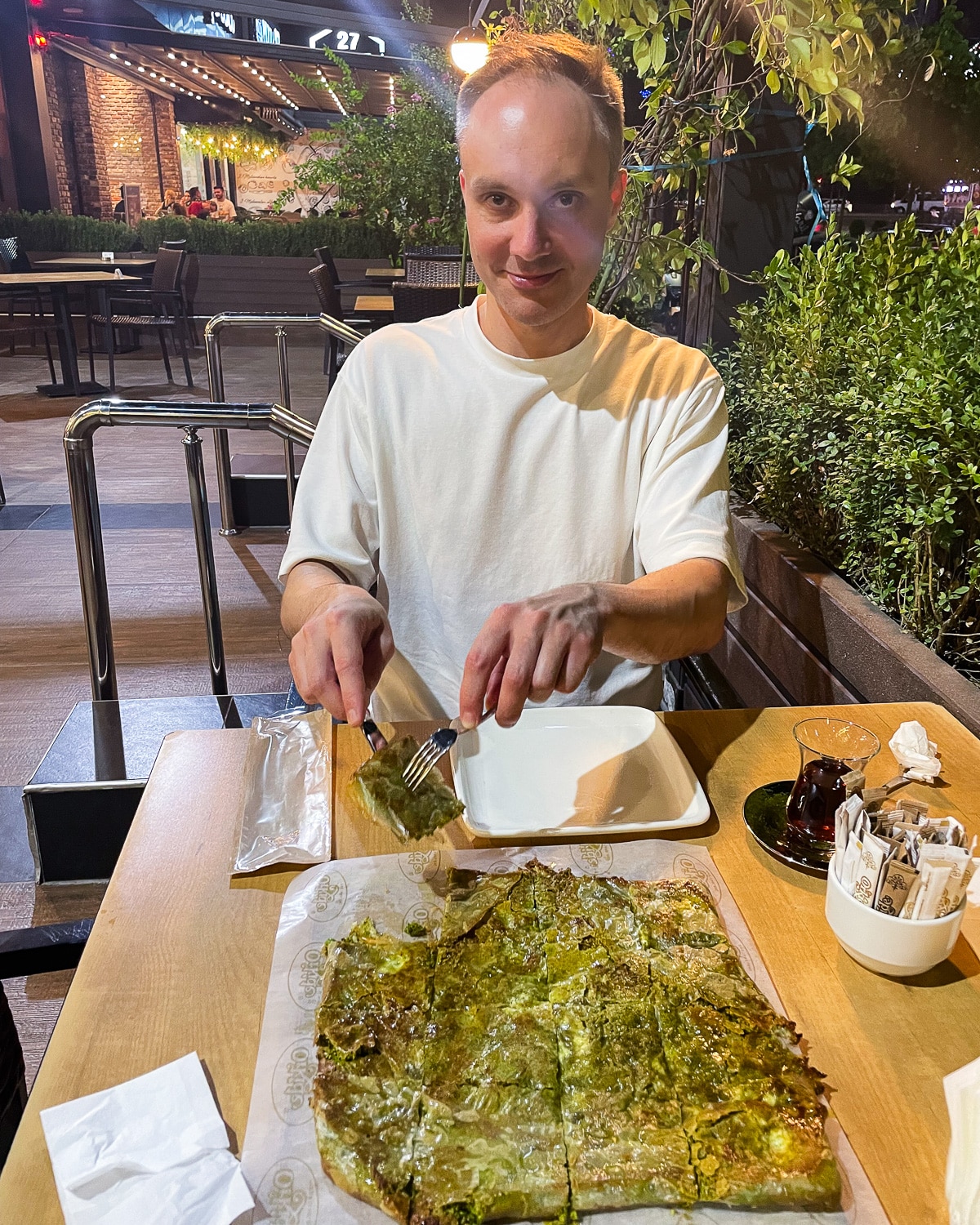
How to fold the filo pastry into a parcel
But let’s go back to turning the filo pastry into a parcel bit for a second. There are many ways of doing this. You want to do it with as little overlap as possible – but enough to keep the filling in.
If your filo pastry is square (or close to square), just do exactly like the video, folding the corners towards the middle, but make sure to brush with melted butter to seal (unlike the fresh dough in the video, shop bought filo pastry is dry).
If it’s more clearly rectangular, it’s easier to fold the sides in rather than the corner. I explain how I do it in the method below, but feel free to improvise with what works best for you.
You can also cut your filo pastry into two rectangles, one slightly larger than the other, then put the filling on the bigger one, top with the smaller one and tuck in the edges to seal.
You can also use the type of filo pastry made for börek. This is much larger, a little thicker (more like a thin lavash bread) and circular in shape. It’s even easier than using the thin filo pastry, but though the result will still be delicious, it won’t have that flaky quality of proper katmer. For reference, this is what I used when we took the photos of my katmer.
Pistachio and kaymak filling for Turkish katmer
Though local versions elsewhere in Eastern Turkey exist, the filling of traditional Gaziantep katmer has three ingredients: ground pistachios, kaymak and sugar.
Kaymak is a Turkish clotted cream. Everyone will have their own preference as to how much to put of each ingredient.
Though the katmer I had in Gaziantep was out of this world delicious, there is such a thing as “too much of a good thing”. With that much pistachio, the flavour of the pastry itself disappears a bit.
I prefer mine with less pistachios than the true Gaziantep version. Keep that in mind if you’d like to adapt your own katmer.
How to serve katmer
The traditional way to enjoy this Turkish pistachio pastry is warm and crisp, straight out of the pan or oven, with a glass of milk.
One of my favourite restaurants in Istanbul, Ali Ocakbaşı, serves their katmer folded over plain ice cream. This is by no means traditional. Like a glass of milk though, it’s a combination that works a treat.
Whether you prefer milk or ice cream (or both), make sure to serve your katmer warm and crispy.

Katmer (Turkish pistachio pastry dessert)
Ingredients
- 4 sheets filo pastry, for baklava, or 1 large yufka filo pastry for börek
- 30 g butter (unsalted)
To stuff
- 75 g kaymak, or clotted cream
- 50 g unsalted pistachios, ground or very finely chopped, or to taste
- 20 g sugar
To garnish
- 2 Tbsp unsalted pistachios, ground or finely chopped
- 2 Tbsp icing sugar (powdered sugar), caster sugar
How I make it
- Brush two sheets of filo pastry with a little butter, keeping most of it for step 4. You don't have to coat the entire sheets, only moisten them. Place one on top of the other.
- Dab half of the kaymak or clotted cream roughly across the middle of each of the two double filo pastry sheets, then add half of the pistachio and sugar evenly across the same area. Make sure to leave enough space on each side of the rectangle to be able to completely “close” the katmer by folding in the edges, brushing the edges as you go along to seal. Filo pastries differ, so here are a few ways of doing this (choose the one you think is easier for you):If your filo pastry is rectangular, leave 1–2 cm (½ in) on the long sides, and just over ¼ of the total length of your pastry on each of the short sides. In other words, you should have filling on the middle half lengthwise, but almost all the way to the edge crosswise. Do the fold from the long sides first, then seal by folding the short sides just across the middle. Make sure there’s enough overlap to seal completely.If your filo pastry is square, or very nearly square, apply the filling in a diamond shape in the middle, then fold each corner just across the middle for an envelope shape. Make sure there’s enough overlap to seal completely.You can also cut your buttered pastry into two rectangles, one slightly bigger than the other. Place the filling across most of the bigger one, place the smaller one on top, then fold the edges to seal. Make sure there’s enough overlap to seal completely.If you’re using 1 large circular yufka instead of
4 thin filo sheets, place the filling in a square in the middle, then fold from four sides 90° apart until just across the middle for an envelope shape. Make sure there’s enough overlap to seal completely. - Repeat steps 1 and 2 for the remaining two filo sheets and filling.
- Heat a very large thick bottomed frying pan (preferable non-stick or cast iron) over medium heat. Brush the katmers with the remaining butter, then fry until golden on each side, separately if your pan can’t fit both of them at the same time.
- Transfer the cooked katmers to a cutting board and cut into four or eight pieces. Top with the finely chopped pistachios and icing sugar. Serve at once.


